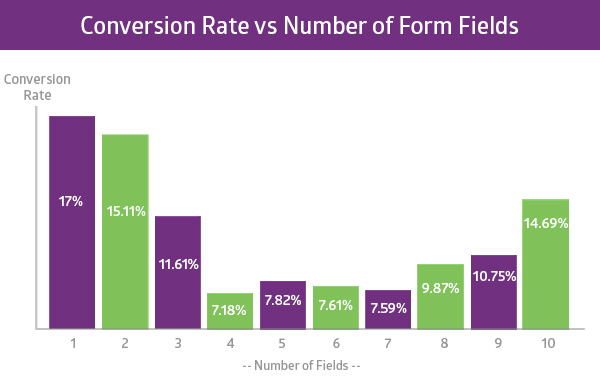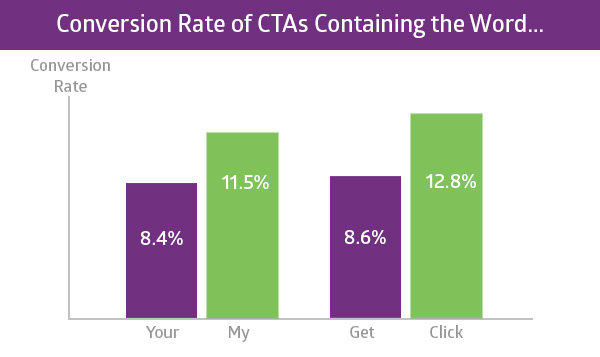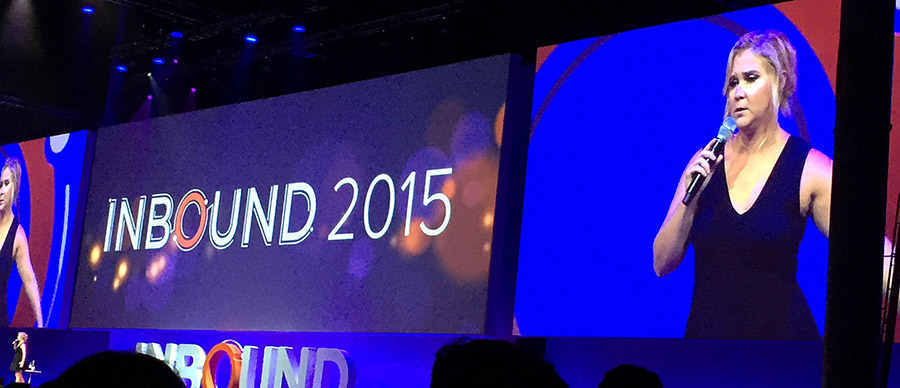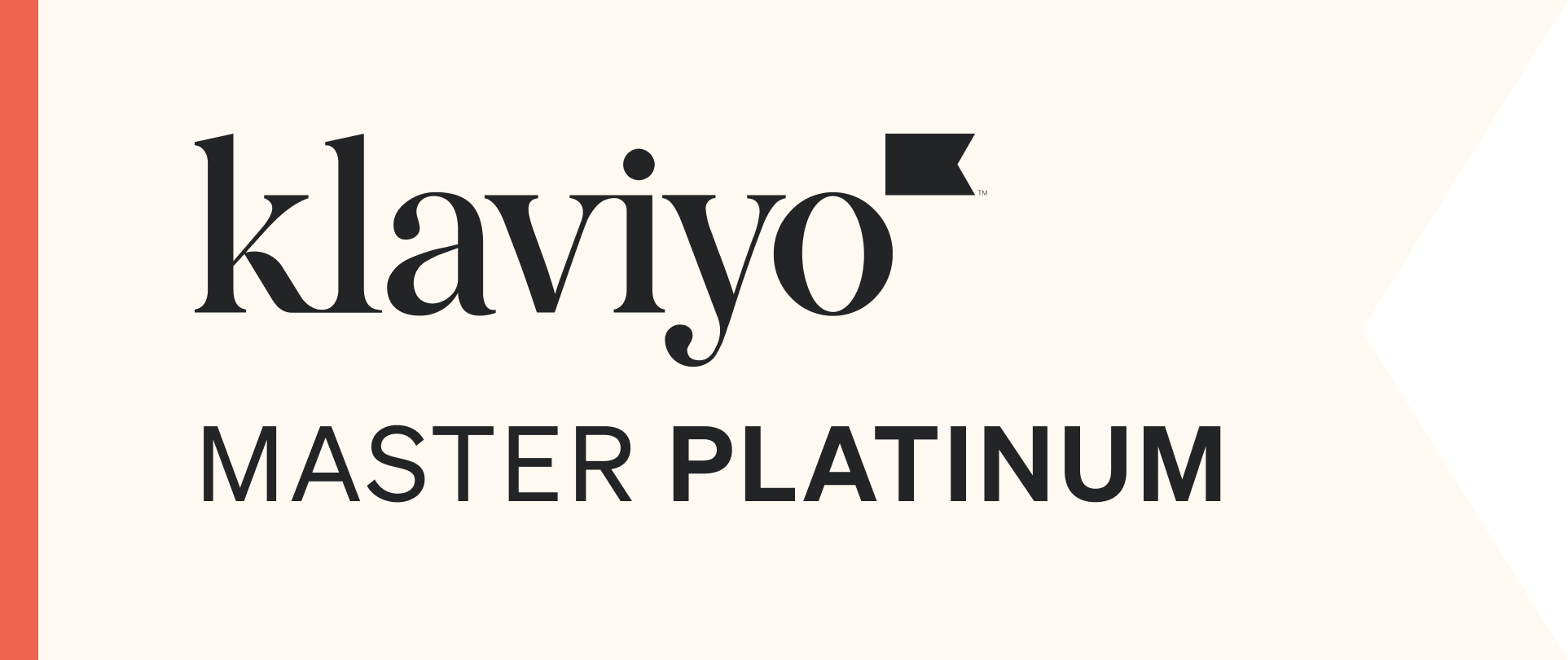By Alan Coleman on 17 Sep 2015

Choosing only five things to highlight was a difficult task. There was a lot of information to take in over the weekend - so much so, that I feared for what information was being pushed out of our brains to make way for all the Inboundy goodness. We soon learned that the ability to communicate with a taxi driver was one such thing that had been pushed out.
“Easht schsixt stret…” I’ve still no idea how we managed to make it home that evening.
Anyway, let’s get to what we’re here for!
1. Distractions are the enemy of Conversion
Oli Gardener of Unbounce told us to remove all distractions from your landing page, as distractions are your greatest enemy. If, for example, you have a business with more than one service, it can be very tempting to pop a cheeky little banner for another service on a landing page devoted to one part of your business. This distraction can be confusing and lowers conversion rates. Why is it confusing? Because elements in close proximity are assumed to have a relationship.
He then spoke a little about form fields, with that all-important question of how many is too many?

The study carried out by Unbounce backed up what we all knew: Forms with fewer fields performed better. You ‘ll also notice at the other end of the graph, the Conversion Rate of forms with 8-10 fields began to rise again; these are high commitment forms where the user is already willing to give information in order to get what they need. The most interesting finding was somewhere in the middle, if you’re going to have 4 fields, you may as well have 7!
Another great distraction is additional information near your buttons. Keep the space around your buttons clear and don’t make your user read an extra line before they click. Think of your user as being on an emotional rollercoaster; it takes just the slightest of distractions to put someone off clicking. In another study by Unbounce, they found that even the addition of a security seal decreased CTR by 12%. You’d think telling someone they were secure would reassure them. Nope. They don’t want your reassurance. Emotional. Rollercoaster.
2. Words are important for CTR
Again from Oli; he told us that the most persuasive word in the English language is “because”. We’re conditioned to believe the “because answer” from when we were kids. Think about it: "Mam! Why is the sky blue?" because it reflects the ocean. "MAM! WHY CAN’T I GO OUT?" Because I said so. This means the more you use “because”, the more a user will trust what you’re saying.
Asking someone to "download your free e-book" is not nearly as persuasive as asking them to “download my free e-book”. Changing the your to my makes it more appealing for the slightest of reasons. Saying my gives the appearance that you’re gaining someone else’s insights, while saying you gives the impression that it might be something you know already. Finally, as cliché as you might think it is, “click” is still a better performer than “get”. No one even knows why. Maybe it’s because everyone secretly loves bingo. Clickety Click, 66… I don’t even know. Side-note: have you ever wrote a blog post whilst jetlagged?

So what’s the key take-away here? Your perfect CTA should read:
Click this shit for my deadly e-book.
3. Visuals are just as important for Engagement
Images are so fecking important to engagement. After all. 93% of our communication is visual. This is because images are easy to remember, quick to consume and they help us remember information much better than text.
The most helpful tips from Peg Fitzpatrick’s talk on visual marketing were related to your blog images.
A mistake a lot of blog writers make is to just yoink images from Google. This is a terrible idea for two main reasons.
- It might not happen too often, but the images on Google are copyrighted (yes, even the crappy ones), so you could be liable to receive massive fines if someone decides to trace where their images are being used online.
- Your blog is simply an extension of your brand, so the images you use on your blog should be consistent with the feel of your brand. Think about this for a moment: If you were to take all of the images from your blog posts and put them in a folder, would they represent who you are as a brand and would you be happy to send that folder out as your brand identity?
Remember what I was saying about images being important to information? Well, that’s relevant here too: If people start to recognize a trend in your images, it’ll be a much quicker transition for them believing you to be an authority on your topic. We remember and trust visuals much quicker than we do text. Why? Because.
4. Ideas without insights are like throwing darts in the dark
It’s an easy mistake to make and I’m sure many of us are guilty of doing it at least once. You see an ad you like and think, "That was a deadly idea I’m going to try re-imagine that for my own campaign". It’s not a clever move, and Tara Hunt told us why.
You have to really understand your audience before you come up with your idea. It’s less about understanding what they need and more about why your audience needs something. If you think about why they need your product or service, you will find a whole new outlook on creating genuine content for them.
Today’s customer is incredibly sensitive to inauthentic attempts to pander to a community interest. If you attempt to enter a community without understanding it, much like Regina George wearing sweat pants on a Wednesday, you will be rejected.
5. Stories win. Every time.
Last insight, we’re almost done, if you’re still reading reward yourself with a cup of tea - which, by the way, is almost impossible to get in Boston. They are just mad for the coffee. Anywaaaay!

Inbound as a whole was a huge and, at times, overwhelming spectrum of talks and tips, tricks and inspiring spotlights. The ones that stood out were the speakers who told us a story. Brené Brown inspired the shit out of everyone with her advice on being brave enough to be vulnerable. What’s being vulnerable? It’s the willingness to show up and be seen when you have no control over a situation. Amy Schumer told us about how… Actually, I’ll stop that there and perhaps ask me about Amy’s insights next time we’re all having drinks. The point is, if you want to be memorable when you’re talking to your audience, tell them a story. As Americanized and cheesy as this may be, just be real you guys. Cut out all of the fakeness and talk to your audience in a genuine way. After all, stories are just data with a soul.
Bonus insight
Never ask an American where the toilet is. They’ll think you’re talking about the literal toilet bowl, and you’ll immediately become the weirdo who needs to know the exact location of where people pee within the washroom!
Toodles.








